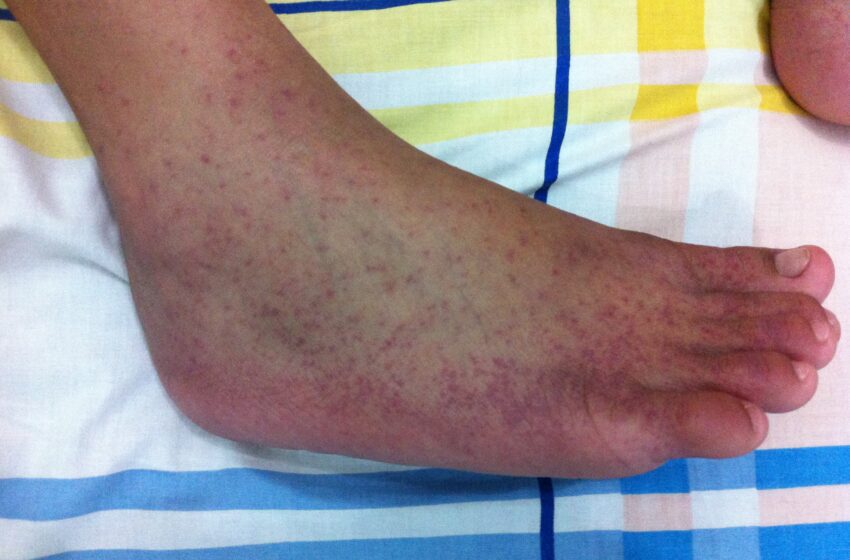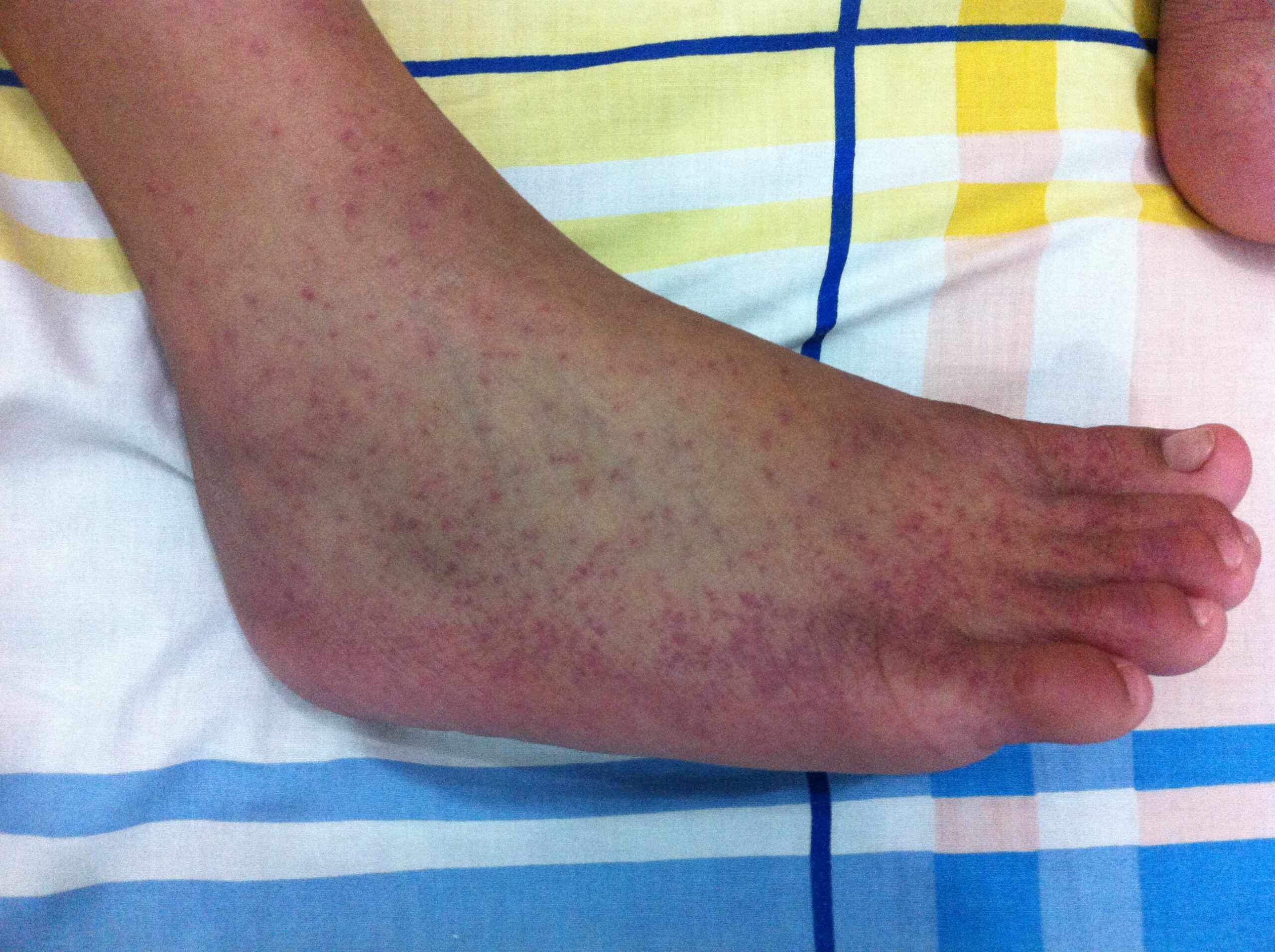Chikungunya virus outbreak in China: What you should know

Rash from Chikungunya Virus. Picture: Wikipedia
China is currently battling a fast-spreading outbreak of the mosquito-borne Chikungunya virus, with thousands reportedly hospitalized and health authorities scrambling to contain the situation. As of early August 2025, the virus has triggered a public health emergency across several provinces, raising alarms about its rapid spread and China’s capacity to manage simultaneous health crises amid rising post-COVID anxieties.
Thousands Hospitalized Amid Rapid Spread
The outbreak began quietly in southern provinces like Guangdong and Yunnan, but quickly escalated. According to local reports and international health agencies, over 7,000 cases have been confirmed, with many more suspected. Hospitals in affected areas have become overwhelmed, particularly in rural towns where medical infrastructure is limited.
Authorities have not declared a nationwide emergency, but intensive vector-control efforts are underway, including mass mosquito spraying and public awareness campaigns to reduce exposure.
What is the Chikungunya Virus?
Chikungunya is a viral disease transmitted by infected Aedes mosquitoes, the same species responsible for spreading dengue and Zika. While it is not typically fatal, it can cause debilitating joint pain, fever, rashes, muscle aches, and fatigue, with symptoms sometimes lasting for weeks or even months.
The virus was first identified in Africa in the 1950s and has spread across Asia, the Caribbean, and Latin America in recent decades. The outbreak in China marks one of the largest outbreaks in East Asia in recent memory.
Why This Outbreak Matters
China’s current Chikungunya outbreak is especially concerning due to the convergence of climate factors and post-COVID vulnerabilities. Warmer temperatures and increased rainfall in the region have created ideal breeding conditions for mosquitoes, contributing to the virus’s rapid transmission.
Additionally, as noted by public health experts, China’s healthcare system is still recovering from the long-term strain of the COVID-19 pandemic. Many communities have seen reduced immunity and disrupted disease surveillance, making them more susceptible to new outbreaks.
Government Response and Global Monitoring
China’s health ministry has initiated several emergency measures:
- Localized lockdowns in heavily affected towns
- Mass spraying of insecticides in urban and semi-rural zones
- Public advisories urging people to stay indoors during mosquito-active hours
- Distribution of repellents and mosquito nets in vulnerable communities
The World Health Organization (WHO) has also begun monitoring the outbreak closely, though no travel restrictions have been issued as of now.
Is There a Vaccine or Cure?
Currently, there is no specific antiviral treatment or widely available vaccine for Chikungunya. Management is primarily supportive, hydration, rest, and medications to reduce fever and joint pain.
Some pharmaceutical companies are developing vaccines in trial phases, but they are not yet approved for public use. Health experts recommend focusing on mosquito control and personal protection as the best defense.
READ ALSO
Legionnaires’ disease outbreak: What to know about precautions and symptoms
What You Can Do to Stay Safe
Health officials advise individuals, especially those in affected areas or planning travel to southern China, to take the following precautions:
- Use mosquito repellents and nets, especially at night
- Wear long-sleeved clothing and trousers outdoors
- Eliminate stagnant water around homes to prevent mosquito breeding
- Seek medical attention immediately if symptoms such as high fever and joint pain appear
A Wake-Up Call for Global Health Systems
The Chikungunya virus outbreak in China is more than a localized epidemic, it is a reminder of the growing global threat of vector-borne diseases in an era of climate change and strained health systems.
With urban expansion, warmer climates, and disrupted post-pandemic health services, such diseases are no longer confined to tropical regions, and preparedness is key.


